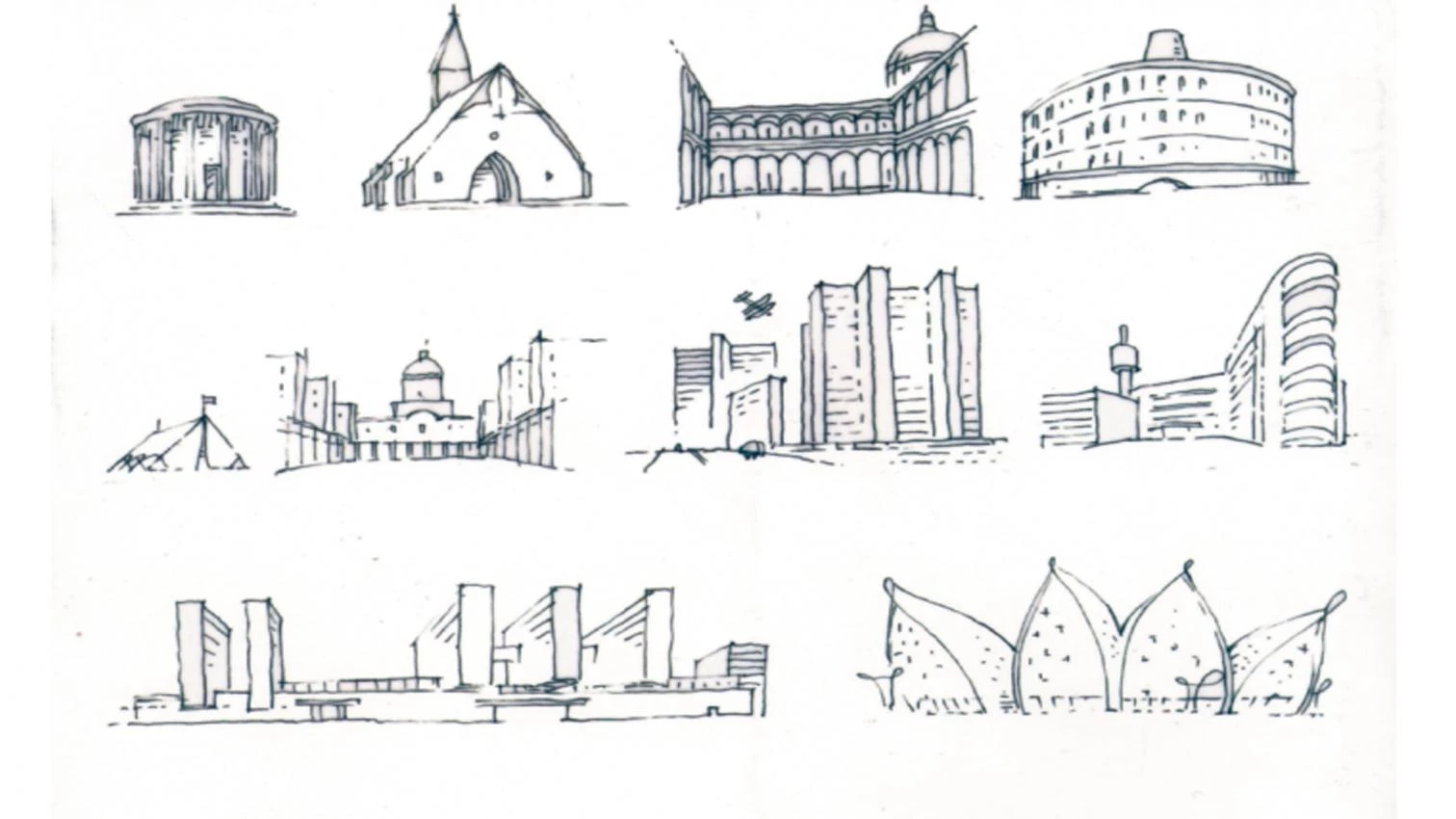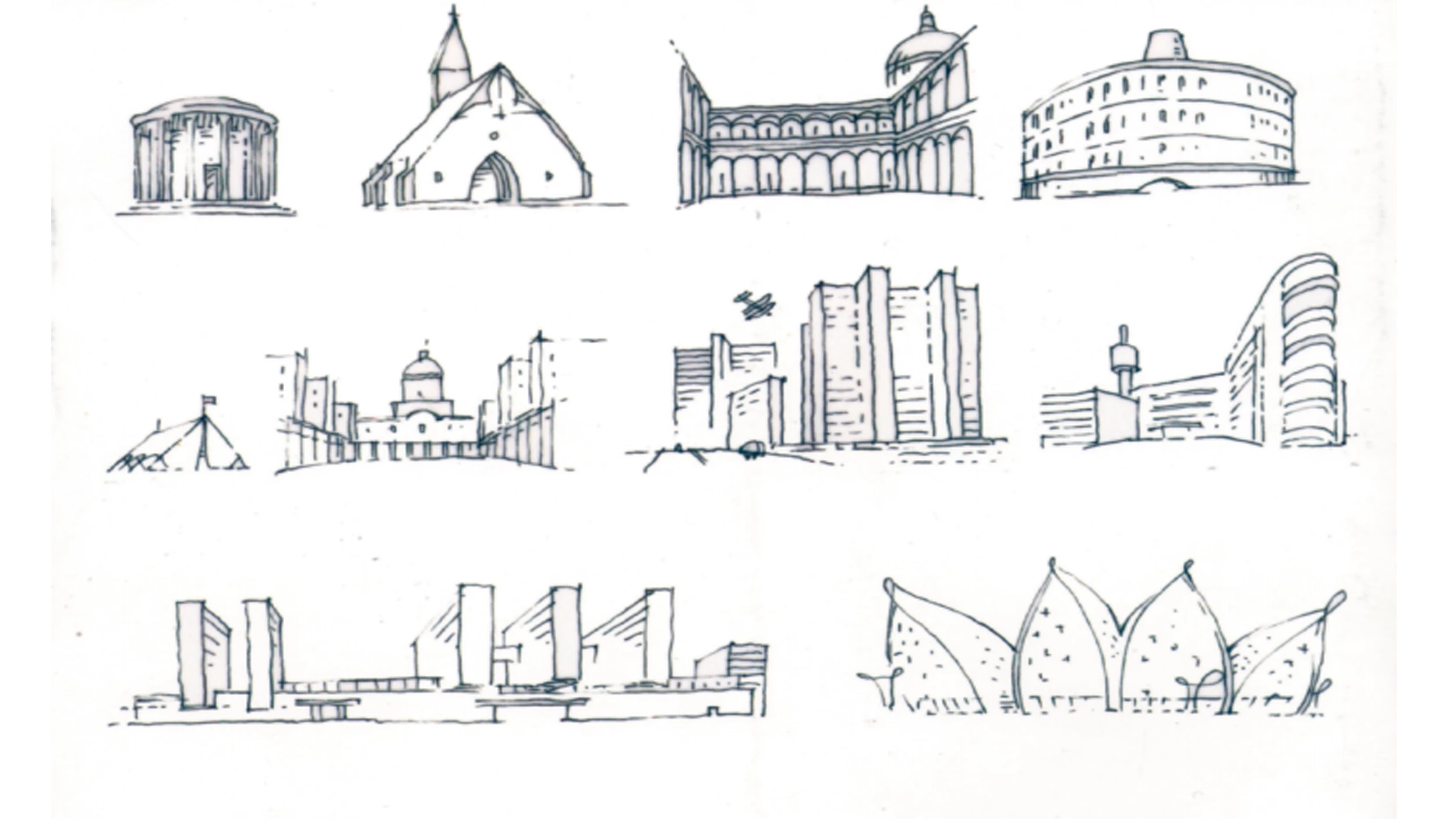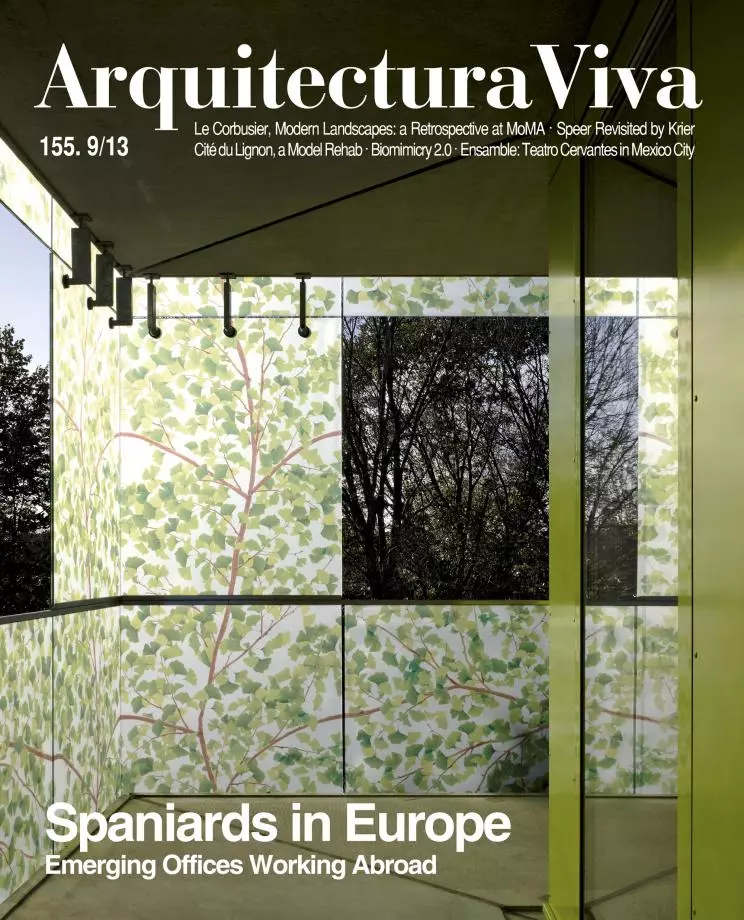
This book presents lessons given in an Architecture and Hospital Administration master course, but is not the usual compilation of historical data on a building type. On the contrary, it gives final form to reflections matured in the author’s twenty years of dedication to the theme. It expands a work on the unstable layouts of hospitals, on their capacity to adapt to constant advances in medicine and the attendant changes in the health systems they were designed for. It is the latest fruit of a trajectory that has generated a range of architectural projects, publications and theses under the wing of a multidisciplinary group of architects, engineers, physicians, historians and politicians concerned about the hospital and its future in the uncertain health system of the 21st century.
The book focusses on the building that came to be called a hospital, a type going back to 1000 years ago, when through repetition a place borne of the Christian duty of hospitality became a model among the constructions of the new European civilization; a model that has come down to our days, when the debate on the right to health care is complicated by rising costs caused by aging population, expensive technologies and demands for better quality in a highly bureaucratized system.
An institution ever regarded with distrust but now an object of basic citizen demands and a thorny political issue, the hospital is the scene upon which Isasi looks anew at the ups and downs in the relationship of architecture and architects with medical science, technique, politics and society.







